by JK Simpson
In the early morning hours of February 6, 2023, one of the most devastating natural disasters in history hit southern Türkiye. A rare “strike-slip” earthquake just nine miles below the surface broke a fault line over 200 miles long and shifted the earth as much as 30 feet in 11 provinces and 7,967 communities. 16% of Türkiye’s population was directly affected, with totals of more than 54,000 deaths, 110,000 injured, and at least 1.5 million left homeless as their villages, towns, and cities were destroyed.
In the chaos that ensued, the Disaster and Emergency Management Authority (AFAD) was tasked with rescue operations. AFAD search and rescue teams were already in operation when a second, 7.6 magnitude, earthquake struck 9 hours after the first, 60 miles north of the first epicenter in Ekinözü, a town in the Kahramanmaraş province.
With many healthcare facilities and hospitals damaged or destroyed the injured needed immediate care and many needed transport to hospitals in unaffected areas. The National Medical Rescue Team (UMKE) provided mobile medical services while governmental organizations worked together to transport patients to hospitals in unaffected areas. Over 51,000 patients were transported to unaffected areas for treatment, the largest patient transport in history. Turkish Airlines evacuated over 400,000 survivors from the disaster zone and transported 36,000 tons of aid materials.
680,000 residential buildings and 170,000 commercial buildings were rendered unusable along with infrastructure from gas lines to airports.
Every aspect of life was disrupted in the disaster zone, from agriculture to education as well as historic and cultural sites, many dating back to the Iron Age, Roman, and Byzantine eras. The province of Kahramanmaraş received the most damage to cultural and historic assets, with 534 sites affected. Of these, 50 were destroyed and 244 were severely damaged. Restoration works are in process, supported by the Ministry of Culture and Tourism, the General Directorate of Cultural Heritage and Museums, and the Department of Archeology at Harran University.
As the immediate needs of survivors were being met, governmental and charitable organizations began plans for rebuilding and long-term recovery. Temporary and permanent housing solutions are under the authority of TOKI, The Turkish Housing Development Administration. 414 temporary housing container cities, consisting of a total of 215,000 containers, provide housing, educational, social facilities, and medical/psychological support centers for over 680,000 people. AFAD, working with TOKI, provides food and other essential services within the container cities.
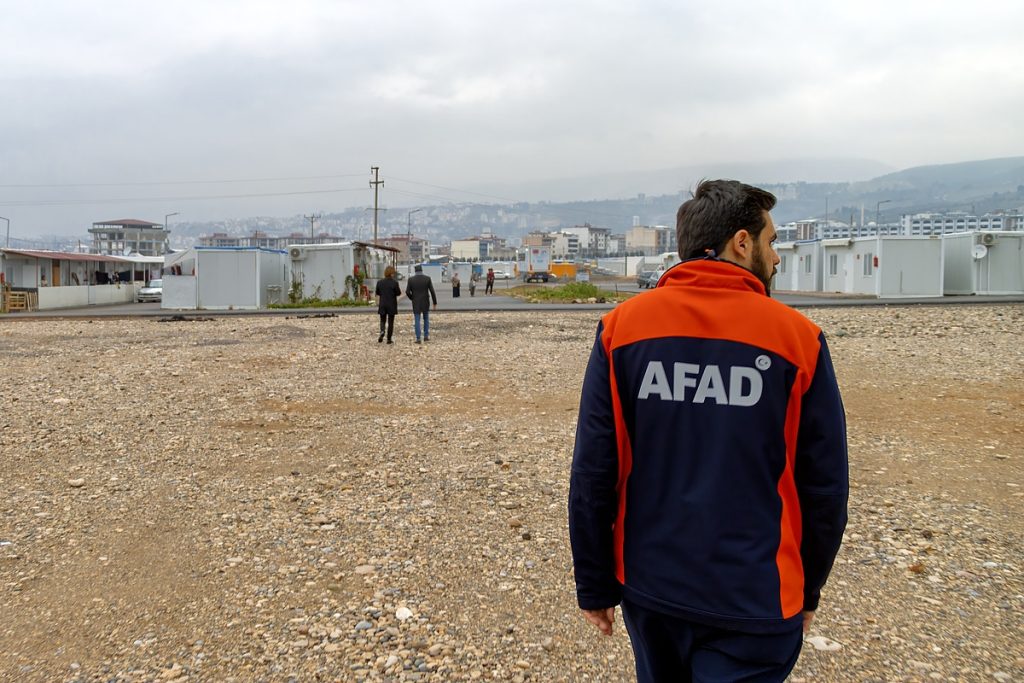
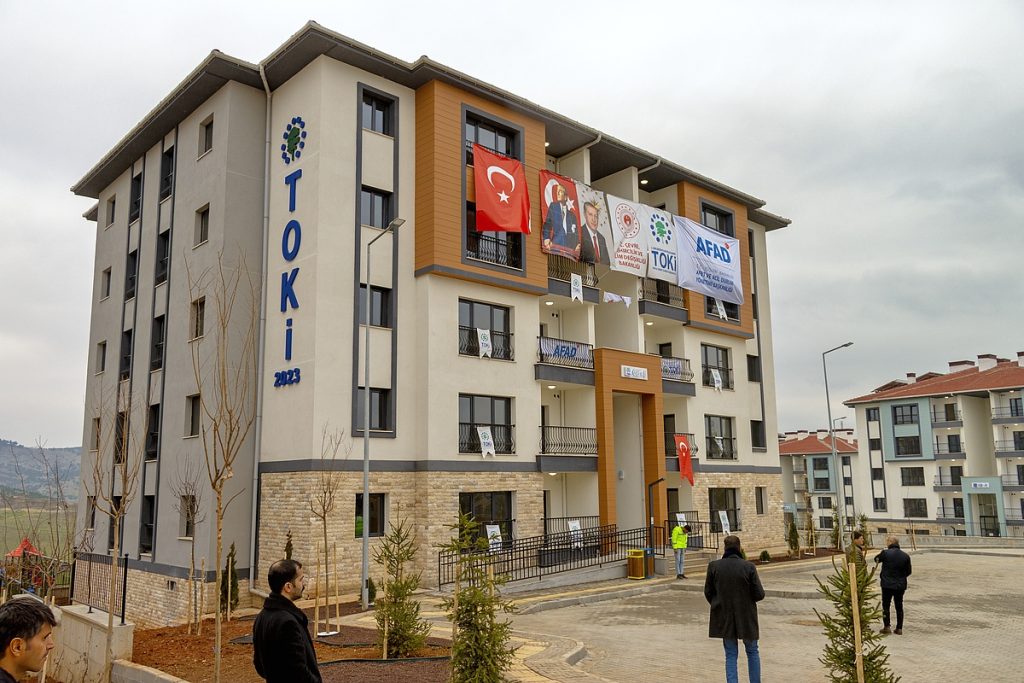
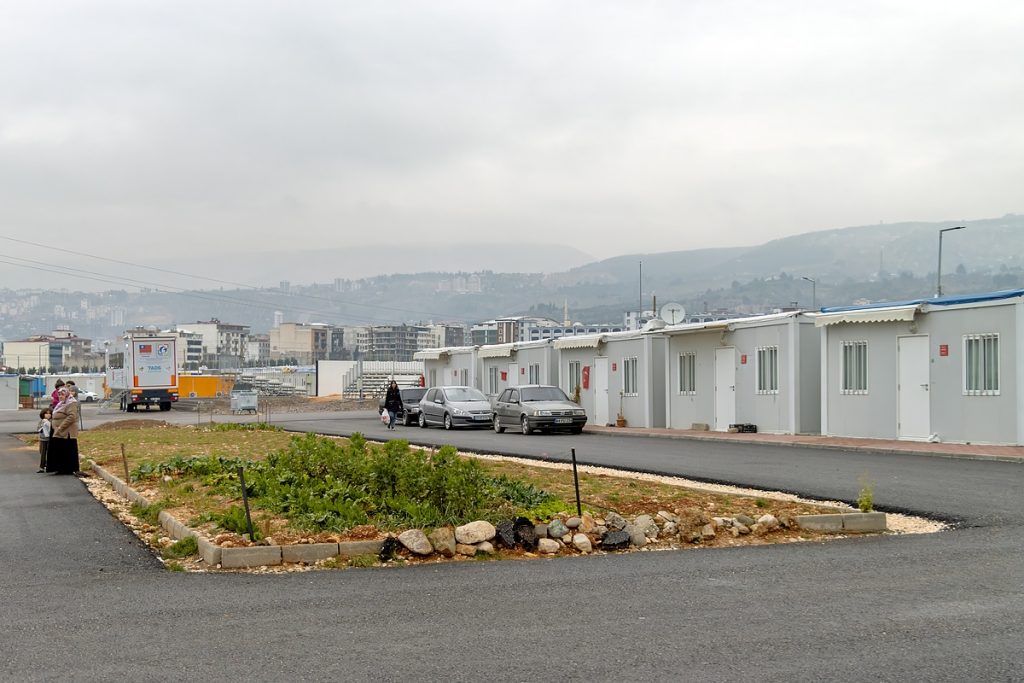
Space for markets and small businesses within the container cities is allocated and has become essential for the rebuilding of communities. With their workplaces lost, many have started again in the container cities markets. Clothing shops, telecom storefronts, barbers, and every aspect of business are resurrected—at least temporarily—in these designated areas.
Long-term recovery from a disaster of this size is an effort of scale. Permanent housing projects are also implemented by TOKI in earthquake resistant areas using earthquake resistant building codes and materials. Many have been completed and are occupied. 680,000 houses and apartments will be built in total along with 170,000 commercial areas by TOKI.
While visiting permanent housing sites in the cities of Malatya and Adiyaman, The Harlem Times toured TOKI-built permanent housing apartments. These five-story buildings contain 20 three-bedroom apartments each and are accompanied by playgrounds, shops, and wide sidewalks. The locations of permanent housing sites are determined by their resistance to future earthquakes and proximity to the original communities. The work is ongoing with completed apartments given to those in need as soon as possible.
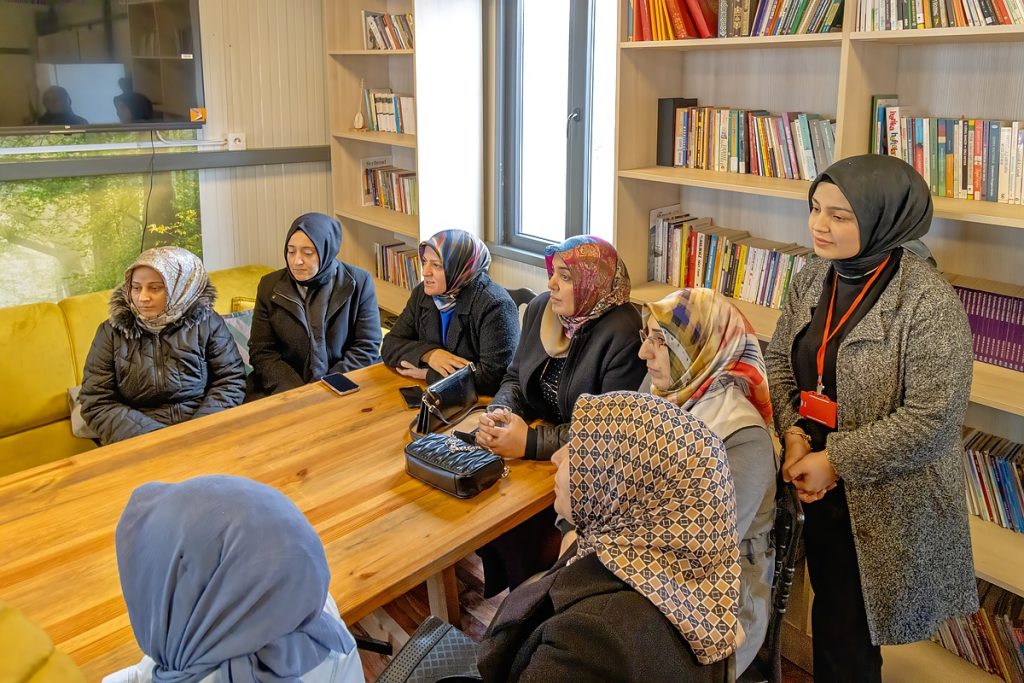
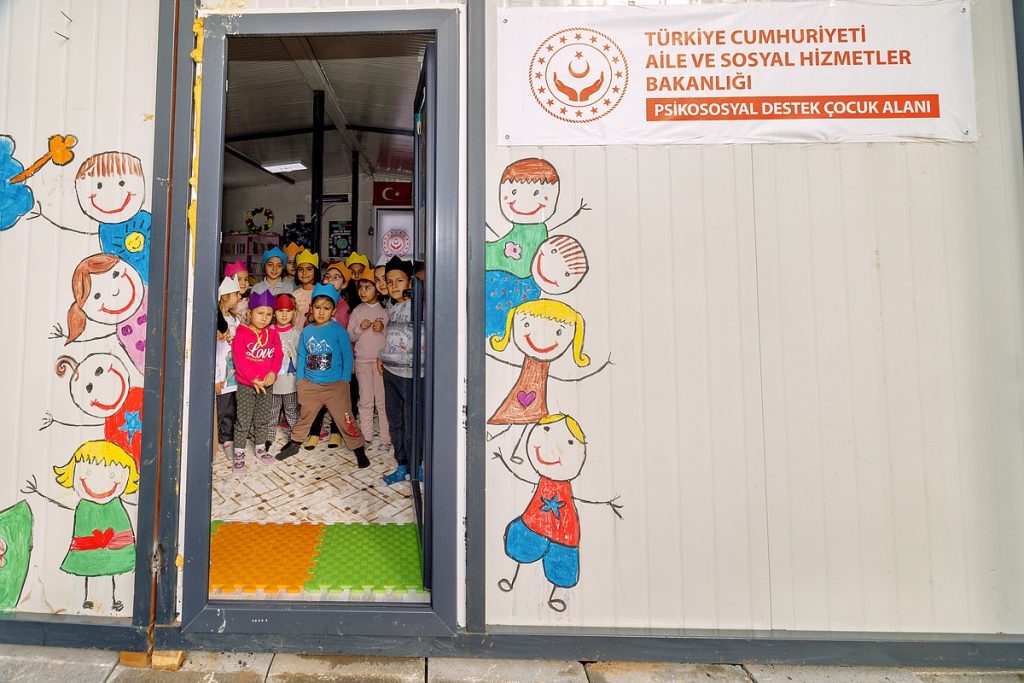
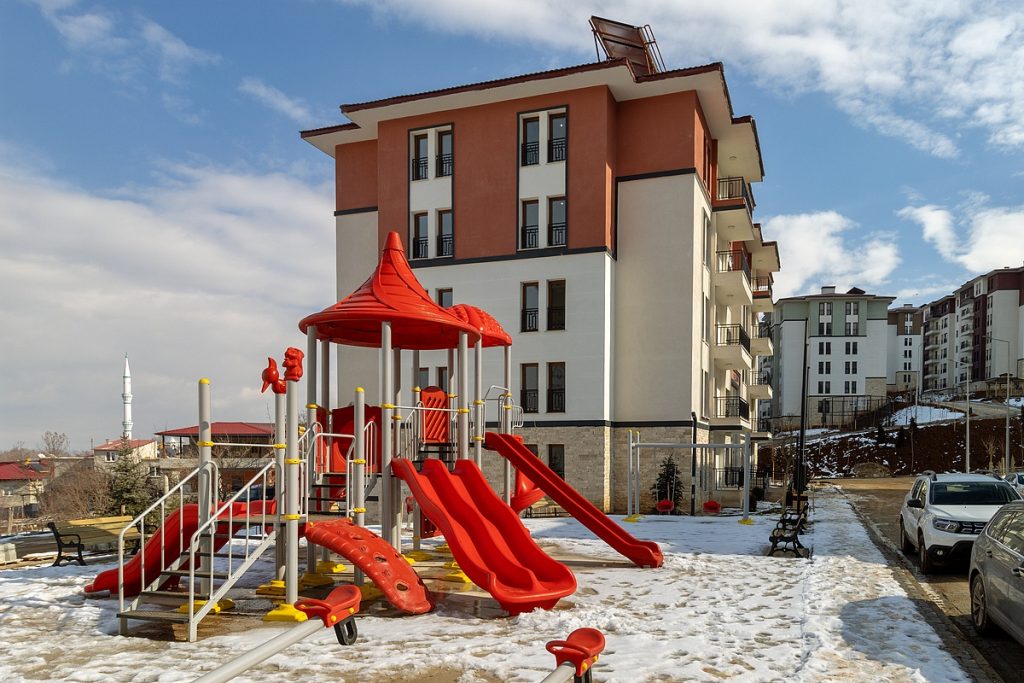
Looking toward the future the National Risk Shield Model was created so Türkiye will be better prepared for future disasters. The government engaged scientists, engineers, and disaster experts to establish multiple disaster management strategies to be carried out before, during, and after a disaster. The utilization of proven and new technologies in rebuilding and retrofitting buildings such as raft foundations and seismic isolation systems along with mandates for regular inspections, liability insurance, and improved earthquake-resilient building codes were enacted. Disaster information courses will be available at all levels of education to educate the next generation of students in disaster preparation, construction, and logistics.
Early warning stations have been expanded, and communication networks have been consolidated through AFAD. Assessments of potential disaster-related interruptions in communication networks will help citizens prepare, and search and rescue teams to coordinate. A shared system for governmental and non-governmental organizations will help with the fair and even distribution of aid. Search and rescue efforts are strengthened by the inclusion of local police and fire departments with a focus on training and coordination. Budget increases for disaster shelters, food banks, and building inspections are some of the other improvements being made.
Businesses will be supported with projects and grants and citizens who lost their jobs due to a disaster will be helped with temporary and permanent employment opportunities through the Ministry of Labor and Social Security and the Turkish Employment Agency. These improvements will help Türkiye create a disaster-resilient economy.
With an affected area of 46,000 square miles, the destruction is unimaginable, the suffering incomprehensible. One year after Türkiye’s worst natural disaster, the nation is united in its recovery efforts as the healing and rebuilding continue.
*Editor’s Note: The country of Turkey’s official name was changed to Türkiye in 2022 to reflect the country’s name in their language*

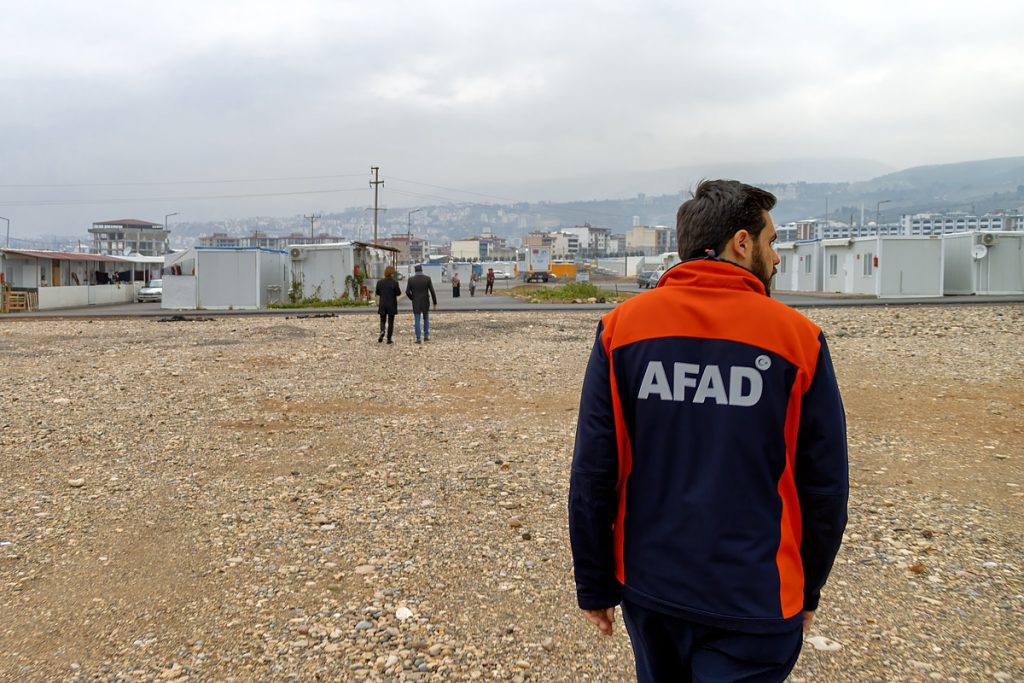
Very informative article! I am so impressed at the country and its people uniting and taking action quickly to provide care and support for those affected. They were so thorough in considering not only the tangible aspects but also emotional and mental health.
Life always has sufferings but we get through them by banding together and showing up for each other.
I was encouraged by the positive strength of the people in Türkiye. I’d love to visit the country one day!!